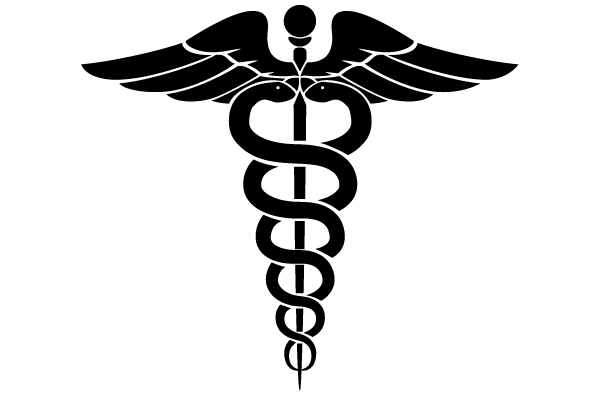Leprosy
ALL-IN-ONE WHO grading system:Hands and feet
Grade 0 No anaesthesia, no visible deformity or damage
Grade 1 Anaesthesia present, but no visible deformity or damage.
Grade 2 Visible deformity or damage present.
Grade 0 No eye problem due to leprosy; no evidence of visual loss.
Grade 1 Eye problems due to leprosy present, but vision not severely affected as a result (vision: 6/60 or better; can count fingers at 6 metres).
Grade 2 Severe visual impairment (vision worse than 6/60; inability to count fingers at 6 metres); also includes lagophthalmos, iridocyclitis and corneal opacities.
Aka hansens disease
Triad: 1. Hypo pigmented patches 2. Loss of cutaneous sensation 3. Thickened nerves (Latest data – 2014 report) ANCDR: 0.9 PR: .068 per 10,000 population
Epidemiology: M.lepra (acid fast) Occur in clumps, affinity for Schwann and RES cells A case is source of infection. Nose is major portal of exit Has high infectivity and low pathogenicity
Transmission: droplet, contact.
Classification: Indian Madrid: intermediate, tuberculoid, borderline, lepromatous, pure neuritic
Diagnosis: Clinical examination 1. Bacteriological examination: skin smears, nasal smears, nasal blows Bacteriological index: 0 no bacilli in 100 oil immersions 1+ 1-10 bacilli / 100 oil immersion fields 2+ 1-10 bacilli / 10 oil immersion fields 3+ 1-10 bacilli / oil immersion field 4+ 10-100 bacilli / every oil immersion field 5+ 100 – 1000 bacilli in every oil immersion field 6+ > 1000 bacilli in each oil immersion field
2. Morphological index: %age of solid staining bacilli in a stained smear
3. Solid fragmented Granular (SFG) percentage
4. Foot pad culture
5. Histamine test: reliable for early stages: loss of flare response
6. Tests for CMI 1. Lepromin test a. Early reaction (Fernandez rxn) b. Late reaction (Mitsuda reaction) 2. LTT / LMIT (lymphocyte transformation test, leucocyte migration inhibition test) – for CMI 3. Tests for humoral response (antibody) a. FLA ABS – almost 100 % specific – best test b. Monoclonal antibody – SACT (serum antibody competition test) c. ELISA – based on phenolic glycolipid antigen (PGL)
Leprosy control:
MDT definitions: Case of leprosy: showing clinical sings (+/- Bacteriological confirmation) PB: 1-5 skin lesions and ONE nerve MB: 6 or more lesions and more than One nerve involvement
Adequate treatment: PB – six monthly doses within 9 months MB – 12 monthly doses within 18 months Defaulter: not taken treatment for 12 months
Recommended MDT PB: rifampicin 600 mg once monthly supervised, Dapsone 100 mg daily MB: Rif 600mg once month supervised, clofazamine 300 mg supervised Dapsone 100 mg daily, clofazamine 50 mg daily DDS (dapsone) s/e : haemolytic anemia, hepatitis, agranulocytosis CLF (clofazamine) dark red discoloration of skin, urine Toher drugs: minocylcine, clarithromycin, ethionamide
Lepra reactions:
Type 1 :reversal: – Delayed hypersensitivity – Skin lesions become red, painful. New lesions appear
Type II reactions (Erythema nodosum reaction (ENL)) – Antigen antibody reaction – Red painful skin subcutenous nodules appear – Affecting multi organ DOC for reactions: steroids + CLF in ENL Corneal ulcers and keratitis – cornea Ulcers or OM – skeletal system For disability assessment: organs noted are: HAND, FEET, EYE.
Core indicators:
1. Number of new cases detected per year
2. Rate of new cases with grade two disability / 100,000 population
3. Treatment completion
4. Cure rate
5. Child cases among new cases Recently added indicator is point number 2






Good website
Very good information thank u
Leprosy in short all things coverd
nice article